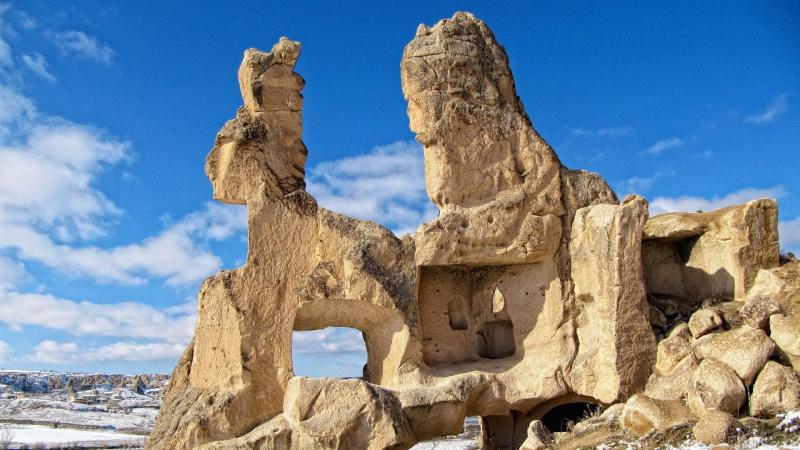
Gobekli Tepe
By Barry Thompson
Gobekli Tepe, the world’s first temple, was a prehistoric worship sanctuary and holy place of profound significance in the Neolithic world. Situated in Turkey, six miles from the city of Sanlliurfa, the Gobekli Tepe predates Stonehenge by 6,000 years. Excavations on the 12,000-year-old monument have discovered the site to be one of the most archaeological discoveries of our time.
Meaning ‘belly hill’ in Turkish, Gobekli Tepe sits at the northern edge of the ‘Fertile Crescent’; an arc of land with a mild climate, the Crescent starts at the Persian Gulf and stretches to present-day Lebanon, Israel, Jordan and Egypt.
In 1994, leading German archaeologist Klaus Schmidt discovered the true significance of the site, despite the fact that Gobekli Tepe had been previously dismissed as a medieval cemetery by his predecessors. Instead of a burial ground however, his extensive excavations uncovered a sophisticated Stone Age development; 11,000 year old carved stones had been crafted and carefully arranged by a civilisation that had yet to develop metal tools or even pottery; instead using stone tools to create the momentous site that still stands today.
Inside the sanctorum, a strong emphasis on hunting is seen; etchings of predators such as lions, cranes and foxes are apparent upon the T-shaped pillars. In addition, other animals such as bulls, foxes, cranes, ducks, scorpions, ants, spiders and snakes also appear on the intricately carved structures. These pillars were believed to of been used as ‘drawing boards’, to help people understand the transition from hunting and gathering to agriculture and the importance of tribal and regional religions. The rise of hunter-gatherer culture and civilisation is strongly thought to be represented by the artwork of Gobekli Tepe.
The ‘snake column building’, a circular structure that is still in the process of excavation, is so called due to the depictions of snakes that dominate the other carvings; instantly eye-catching, one of the delicately carved snakes is poised, ready to pounce on its unsuspecting prey. A number of partially excavated pillars have uncovered four majestic rings; two large T-shaped pillars stand in the centre and are encircled by slightly smaller stones, all mysteriously facing inward. The tallest pillars in this circle stand at 16 feet in height and amazingly, weigh between seven and 10 tonnes.
Share this article:




















